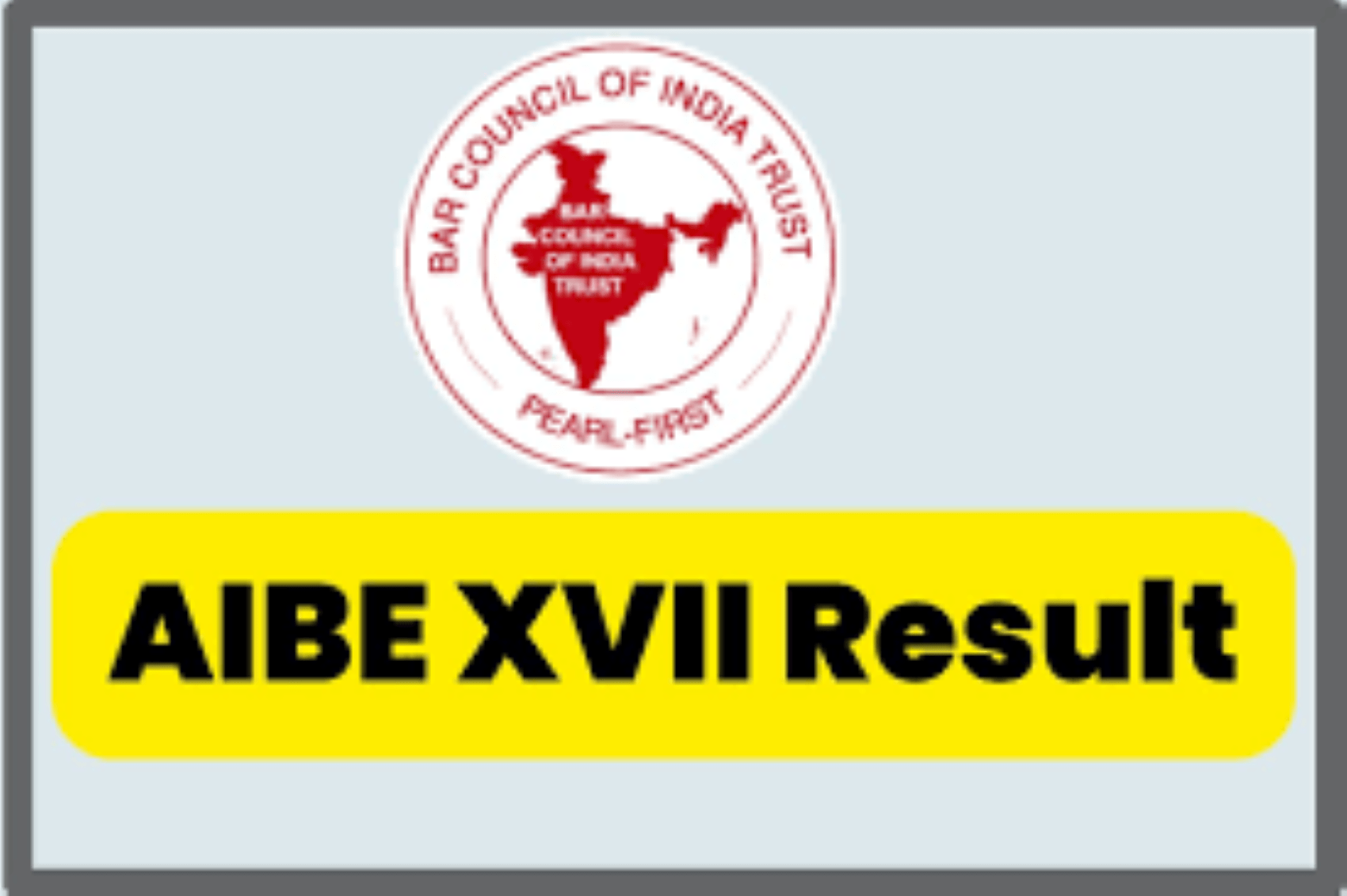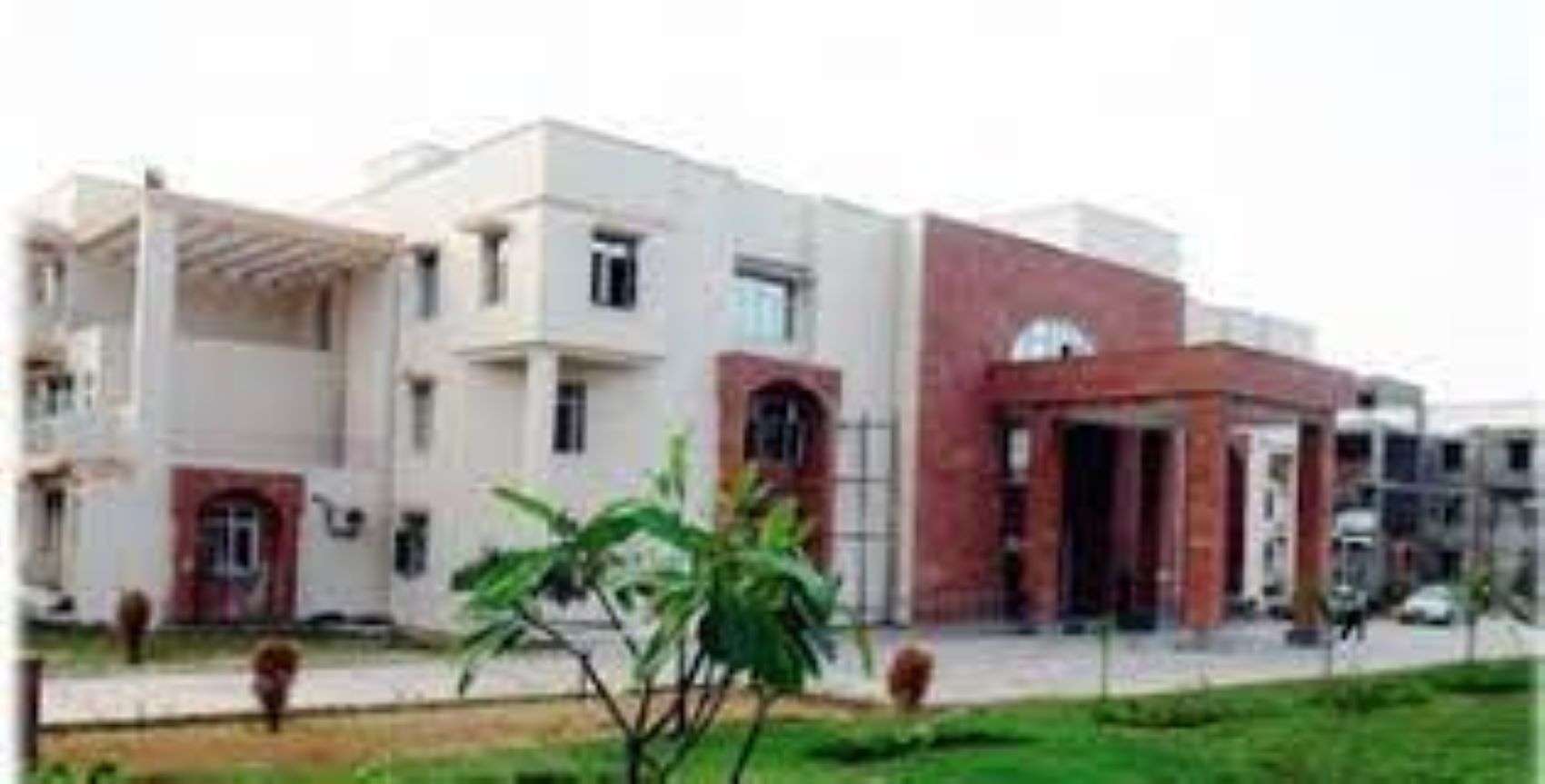As the rising bill for defense imports over the past two decades has limited India’s strategic rise, the goal of making the country self-sufficient in defense production has been on the priority list of the ministers of the India, Defense, especially after the Kargil War in 1999.
- The Make in India program announced in 2014 aimed to develop the local defense industry, but did not achieve its objectives.
- Defense Minister Rajnath Singh’s announcement of a negative import list of 101 defense items as an important step towards an “autonomous India” supports this thinking.
- The list is something of a throwback to the pre-liberalization era licensing raj, but strong industry commentary has forced the government to intervene in the defense industry itself, complex a commitment by the armed forces to purchase a defense item developed and produced in India.
- By putting certain items on the embargo list and creating a separate budget line for public capital markets, the government has sent a signal to local industry.
- Since this list was compiled by the Defense Services, they became equally important stakeholders in this program, which was piloted by the newly established Department of Military Affairs under the leadership of the Chief of Defense Staff, General Bipin Rawat.
- If services control the industry, as promised, indigenous defense producers will have no excuse for not being able to intervene quickly.
- However, significant challenges remain, the promise of contracts worth almost Rs 4 crore lakh for the domestic industry over the next 5-7 years seems impressive, as does the figure of Rs 3.5 crore lakh for the Make in India program projects, which all bogged down the pipe.
- The services carefully chose the negative list of 101 items, and at least a third of these items, including corvettes and frigates for the navy and multi-barrel rocket launchers for the army, are already produced in India.
- Sunday’s announcement, while it promised to buy these items only from indigenous vendors, did not include new developments or additions to production capacity.
- Some items like the 7.62 x 39mm assault rifle, which is the AK-203 rifle, which will be produced by the Ordnance Factory Board in Amethi with the collaboration of Russia, are hampered by price concerns.
- Some other items on the list are being developed by the national industry and are not produced by any other country. These include the light combat helicopter and light transport aircraft, and any Indian demand for these will automatically be catered for domestically.
- The items listed are proven technologies and do not involve any critical or cutting edge technology for a next generation weapons system or platform.
- The BrahMos cruise missile, mentioned in the list, is jointly produced with Russia and contains a significant portion of critical Russian components.
- This is true for most of the items that are assembled in India by Defense Power Supplies, rather than being produced entirely in India. Even this government commitment will not address two other industry fears; securing enough orders to make a production line inexpensive, and the strength of the commitment if a locally produced item costs more than an imported item.
- For each of the 101 items, a year is mentioned in which the import embargo would come into effect, raising concerns that applications are being made so far with foreign sellers, leaving very little for domestic producers.
- But it can also give national actors time to develop article production capacities and capacities. The biggest challenge for the government and the military will be to maintain this commitment to national producers in times of operational need.
- While tensions remain high between India and China in Ladakh, it may be instructive to recall that the self-reliance program was originally established just before the 1962 war by Jawaharlal Nehru’s Defense Minister VK. Krishna Menon.













More Stories
Registration for CLAT 2025 begins today; last date October 15
CLAT 2025 registration will begin on July 15
Delhi University 5 Year Law Programs Registration Begins